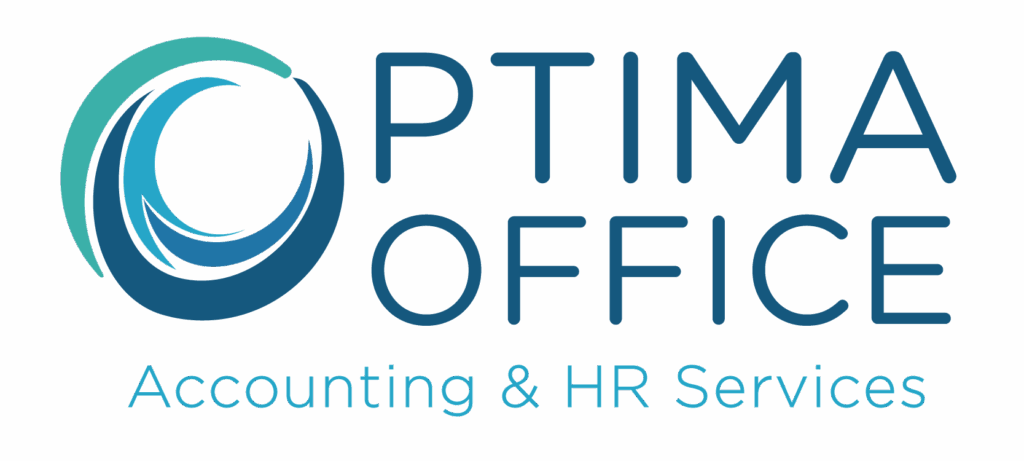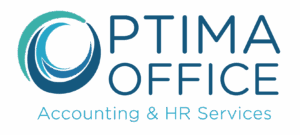In the article “Not ready to retire? How to sell your employer on ‘flextirement’,” Optima Office’s CEO, Jennifer Barnes, explores how employees nearing retirement can propose a flexible work arrangement to transition gradually, continuing to offer value while enjoying more work-life balance. By carefully presenting the benefits, employees can convince their employers to embrace this evolving concept of work.
Read the full article below, which was published on Fast Company on September 27, 2024:
I may never retire. I love working, and I’ve found that I’m not alone in dreading the idea of solely filling my later years with bingo and boredom. Nonetheless, I don’t see myself clocking in 9-to-5, either. With the current workforce nearing retirement, many seek greater work-life balance—not a complete end to their careers. But how do you get your employer to ditch the outdated model of a hard-stop retirement and embrace “flextirement?”
Understanding flextirement
Flextirement is a personalized arrangement where an employee transitions from full-time employment to a reduced workload, often involving part-time work and/or a role shift to include more mentorship. It’s not simply about cutting back hours. Flextirement can strategically redefine your career to align with your evolving skills and desires.
Building your case
Before approaching your employer, carefully consider your personal reasons for pursuing flextirement. Are you looking for more time to spend with family or on hobbies? Do you want a more gradual transition to full retirement to ease financial concerns, or is this an opportunity to redefine your role in the company?
Before you approach your employer, research the potential benefits specific to your company. Are you in an industry with a coming labor shortage? Flextirement can help bridge the labor gap. For companies currently employing a very young or inexperienced team, the knowledge from someone nearing retirement can be invaluable for mentoring and training. Or, to help your employer cut costs, demonstrate that you can still preserve the majority of your value while reducing the amount they have to pay you. Depending on how many hours you want to work, you can even move to part-time.
At Optima Office, we have a strong dedication to being a great place to work, so increasing employee satisfaction was one of the reasons we implemented a flextirement policy.
Another reason we decided to implement a flextirement policy was to gain the expertise of CFOs who have worked in a variety of industries and who are an excellent fit for our growing list of clients needing a fractional CFO. Having a larger pool of CFOs to choose from makes it easy for us to gain additional clients who are looking for a part-time CFO with a specific type of experience or one who has gone through many mergers and acquisitions.
Although flexibility is a “win-win” with numerous advantages for your employer, selling a company on a policy shift can be challenging. The rigid ladder of career progression—and the steep drop-off of retirement—has long been the corporate model.
While the case for flextirement may be apparent, companies also have to consider what it means for other employees seeking a flexible work environment. While I’m a big believer in creating a flexible work arrangement for all employees, not just retirement-aged team members, not every company is. Determine if you can make your specific role part-time or flex—if so, you’ll have a much smaller change to request than trying to compel your employer to change their policy company-wide.
Crafting your pitch
When you’re ready, schedule a one-on-one meeting with your manager. Be prepared to present a clear and concise proposal outlining your own desired flextirement arrangement. This is more effective than jumping into a suggested policy for the whole company, which would need to be a separate conversation with Human Resources. Consider the following points:
-
Your role: Clearly define the specific tasks or projects you want to continue and the areas where you’re willing to reduce your involvement.
-
Timeline: Propose a gradual transition period to allow for a smooth handover of responsibilities.
-
Compensation: Discuss your salary expectations for the reduced workload. Be open to exploring options like hourly rates or project-based pay.
-
Benefits: Outline the potential benefits to the company, such as knowledge transfer or cost savings.
-
Next steps: Suggest a trial period to evaluate the success of the arrangement.
Next, you’ll likely need to speak with your HR department alongside your (hopefully supportive!) manager. It’s essential to research existing programs or policies related to part-time work or phased retirement. Highlight how flextirement aligns with the company’s diversity and inclusion initiatives or its commitment to employee well-being. This alignment can make your proposal more appealing to the company.
Smaller companies may be more flexible but may also have limited resources. Emphasize the impact of your reduced workload on your specific role and how it will free up the budget for new hires or other initiatives. Highlight the value of your institutional knowledge and how your continued part-time involvement will benefit the company.
Preparing for the future
If your employer agrees to your flextirement proposal, take steps to ensure a smooth transition. Begin delegating tasks, documenting processes, and mentoring colleagues. Consider developing a personal development plan to make the most of your newfound free time. Also, be sure to block out time for the hours you plan to work. It needs to be somewhat structured and organized so that you continue to accomplish goals and are reachable when you say you will be.
Flextirement can be a mutually beneficial arrangement for both employees and employers. By carefully planning and presenting your proposal, you increase your chances of successfully transitioning to this new phase of your career.
{{cta(‘35794a79-726f-4802-a663-669625d1d3f8’)}}




